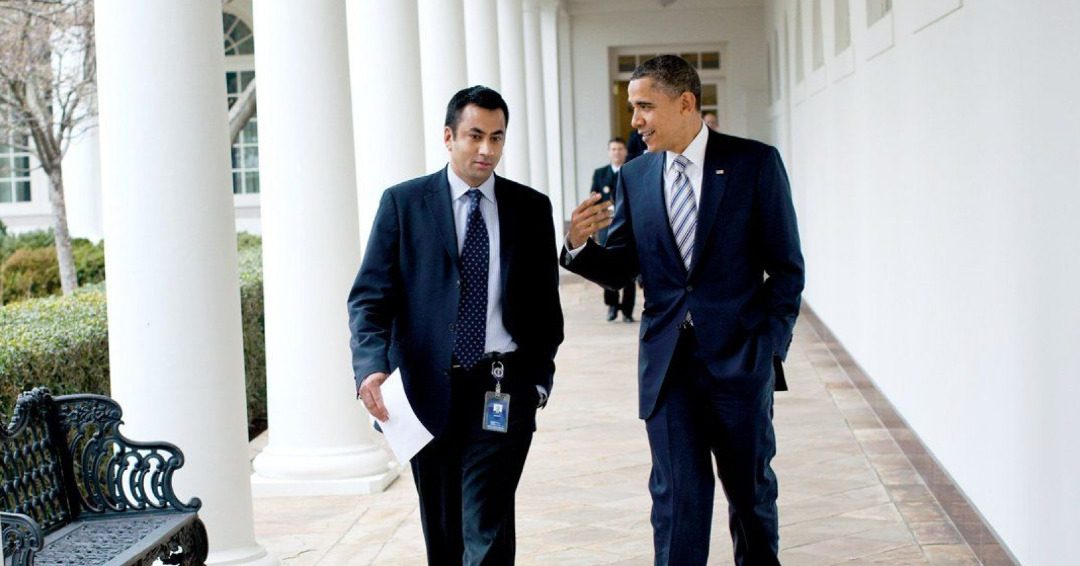(September 3, 2021) He is witty and funny and a Golden Globe-winning actor to boot. Meet Indian-origin Aziz Ansari, who has become a name to reckon with in American showbiz. Be it Master of None or Saturday Night Live, Ansari has been busy creating a dialogue against racism and smashing stereotypes surrounding South Asians with every project he chooses.
When Ansari began his journey as a standup comedian performing at local clubs, little did he know that he would become the face of change on American TV. The Emmy award winner, who made it to the Forbes list of highest-paid comedians, is presenting diversity in the best way possible. Here’s the story of this Global Indian who scripted history by becoming the first South Asian actor to win an Emmy and a Golden Globe.
Love for comedy
Born to Tamil immigrant parents in America, Ansari grew up in South Carolina with a gastroenterologist father and a gynecologist mom. Early on in his life, he immersed himself in the performing arts and began taking dance classes as a kid. If Ansari was good at co-curricular activities, he was equally bright in studies as he attended South Carolina Governor’s School for Science and Mathematics, a public boarding school for gifted students. It was at New York University that Ansari took a liking for stand-up comedy as he was a huge fan of Chris Rock and began doing open mics at local clubs. While he attended classes in the mornings, he spend his weekends at Times Square handing out flyers to tourists to attend his shows.
View this post on Instagram
His stand-ups got him a free late-night show at the Upright Citizens Brigade Theatre, a hub for the rising alternative comedians in the mid 2000s. It was here that Ansari met Rob Huebel and Paul Scheer, his future collaborators. While Ansari was channelizing his creativity into his show, he was also working a day job at an internet marketing company to make ends meet. With Huebel and Scheer as his collaborators, the trio created their first series Shutterbugs. By this time Ansari had started to grab eyeballs, and in 2005 the Rolling Stone magazine included him in its list of Hot Standup. His first TV appearance on ESPN Classic’s Cheap Seats and later a memorable role in HBO’s Flight of the Conchords worked in his favor and a year later, things started to fall in place when Ansari won the Jury Award for Best Standup at HBO’s US Comedy Arts Festival.
But it was Parks and Recreation that proved to be a game changer for Ansari – he played one of the main characters for the seven season long show. His performance earned him the praise of critics and placed him at the No 1 spot on the list of TV MVPS. For the next few years, Ansari divided his time between television, Hollywood and his tours as a stand-up comedian.
Racism in entertainment
Despite being a prominent personality on TV and in films, Ansari faced his share of racism in showbiz. Talking about the lack of diversity in the entertainment industry, he wrote in a New York Times OpEd, “Even though I’ve sold out Madison Square Garden as a standup comedian and have appeared in several films and TV series, when my phone rings, the roles I’m offered are often defined by ethnicity and often requires accents.”
The show that catapulted Ansari to fame
2015 brought with itself another opportunity that was set to change Ansari’s career trajectory and catapult him into the league of the best in the world of entertainment. Putting his wit and humor to paper once again, Ansari created Master of None for Netflix, a show that had New York Times raving about it by calling it “the year’s best comedy straight out of the gate.” For two seasons, Ansari consciously used the platform to give voice to issues including racism, sexuality, feminism and appropriation and was applauded for smashing stereotypes around Asian men and for presenting diversity. The same year, Ansari made his debut on the list of Forbes list of Highest-Paid Comedians with $9.5 million in earnings.

Aziz Ansari with Emilia Clark and Kit Harington at the Golden Globes.
Such was the show’s popularity that even award ceremonies couldn’t ignore this masterpiece, and Ansari earned a Golden Globe nomination for Best Actor – Television Series Musical or Comedy. The same year, Ansari scripted history when he became the first South Asian to win an Emmy for Outstanding Writing for a Comedy Series. Two years later, Ansari yet again smashed the glass ceiling when he became the first Asian-American actor to win a Golden Globe for acting in television.
Ansari has many more firsts to his credit and another addition was being the first person of Indian-origin to host the acclaimed Saturday Night Live. The 38-year-old didn’t miss a chance to stand up against casual racism and spread the word through show’s extensive reach.
In the past decade, Ansari has moved from fun-loving stand-up comedy that’s inundated with pop culture references to thoughtful comedy that explores the immigrant experience and everyday sexism by creating a dialogue. The 38-year-old, who started as a standup comedian, has moved beyond its realms to represent diversity and put South Asians on the global map.



